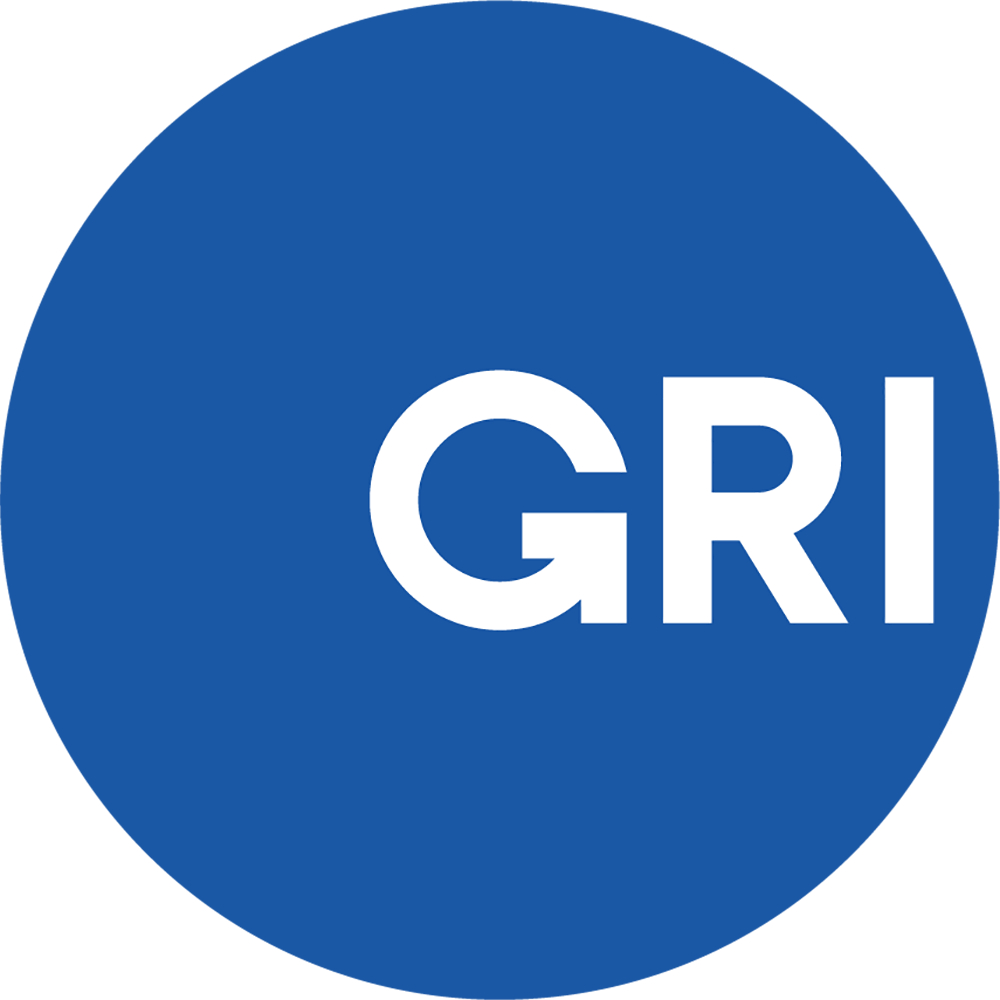If We Can’t Align Investment With the SDGs We Won’t Achieve Them
by Tim Mohin

Originally published in ESG Magazine
The headline to this article is a sobering assessment, but it’s accurate.
In a nutshell, companies tend to publish voluminous annual sustainability reports, chock full of contextual information, while investors tend to want this data boiled down to a short list of points that are easy to process, analyze and compare. With an estimated $90 trillion USD in investment capital needed to achieve the SDGs, I believe that addressing this disconnect is one of the most pressing challenges we face for advancing sustainable development. And there is no time to waste – at the time of this writing, there are about 4400 days to go until 2030 – the target for accomplishing the SDGs.
The Business & Sustainable Development Commission estimates that achieving the SDGs could create economic opportunities worth $12 trillion USD a year, by 2030, and generate up to 380 million jobs, primarily in the developing world. The economic incentive is there; investors just need better information to shift their capital to more sustainable business, products and projects.
In my experience investors generally support the practice of sustainability reporting. By shining a light on sustainability issues, companies are able to manage them. This tends to reduce costs, risks and enhances the company’s brand reputation. Beyond these benefits (which are substantial), the investment community – in general – does not find company ESG disclosures all that useful.
In other words, ESG reporting isn’t investment grade. There are a few reasons for this. Typically, companies produce annual sustainability reports. By the time the report is published, the data can be 18 months old. Furthermore, the useful data might be buried in more than 100 pages of material. Investors don’t have the time or patience to sift through such a large document to pluck out useful information. And even if they did, most are not experts in sustainability information and it can be hard to interpret corporate ESG disclosures.
Because of these and other factors, most investors only interact with ESG data after analysts like MSCI, Bloomberg, Thomson Reuters or RobecoSAM process the reports for them.
Just think about that for a second. Companies spend millions on putting systems in place to establish a sustainability reporting process. They spend an entire year or longer collecting data, analyzing it and then compiling it into a report. And in the end, investors – one of the most important stakeholder groups – still need to have it processed by a third party. Again, if we ever hope to achieve the SDGs, we must align capital with sustainable business practices. And to do this, we have to translate ESG disclosures into investment-grade data.
So what does investment-grade ESG data look like? Simply put, it is ESG data that is meaningful and credible. I firmly believe that we can and must leverage our collective investment in ESG reporting to better inform investment decisions.
In my view, ESG reporting needs to be concise, consistent, comparable and current. A concise report of the most recent performance statistics will allow investors to quickly gauge the trajectory of an organization. Comparability, in turn, allows investors to benchmark performance against peers. And consistency provides the ability to assess performance trends over time.
Another critical element is forecasting. Investors are betting on future performance and they expect companies to provide some guidance on future trends. But to be clear, no person or organization has defined investment grade ESG data. Steve Jobs’ quote “A lot of times, people don't know what they want until you show it to them” is apropos here.
Rather than years of consensus building, perhaps it will take some bold and innovative steps to define how ESG reporting can effectively move markets. At GRI we have already taken some initial steps in aligning corporate reporting with investor needs. First, on September 19, 2017, GRI and PRI (Principles for Responsible Investment) signed a collaboration agreement to advance the wider adoption of sustainability reporting, with a focus on impacts and outcomes, in particular our progress toward the SDGs.
On top of this, GRI, PRI and the UN Global Compact founded The Stockholm Declaration, a group of 27 leading organizations in the global investment community, representing over one trillion USD assets under management. The Stockholm Declaration signatories have committed to investing in the SDGs.
And finally GRI, in partnership with the UN Global Compact is offering reference materials and a guidance document that provide a structured approach, to help businesses report on relevant SDG targets.
These steps will take us closer to the investment-grade ESG data we need to help us achieve the SDGs.
But in the end, companies will need to take bold action to ditch their voluminous reports, and instead focus on boiling their data down so it’s easier for investors, as well as their other stakeholders, to process, analyze and compare.

